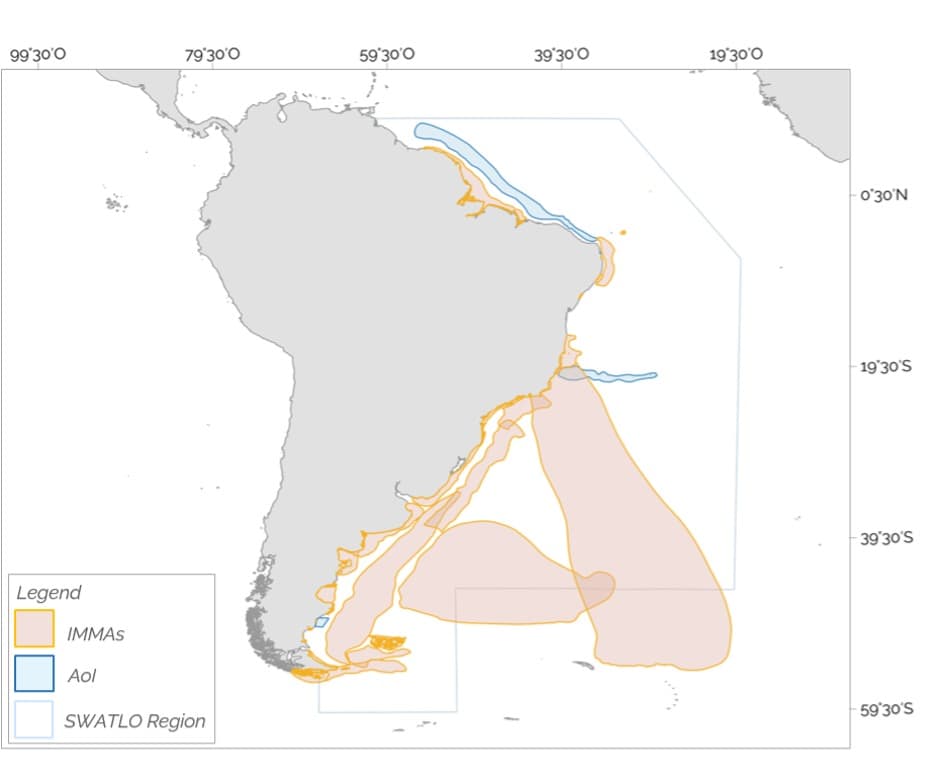
33 New IMMAs Identified in SW Atlantic Ocean Region SWATLO
15 Sept. 2023. New Important Marine Mammal Areas—33 IMMAs in total—have been identified and are now on the map of the South West Atlantic Ocean from the Guianas, north of the Brazilian Amazon, to the tip of Tierra del Fuego, Argentina. This is the final result from a year-long process, including an intensive week-long scientific workshop last December with 31 of the region’s scientists gathering data on candidate IMMAs which were then submitted for peer review. Besides the 33 newly approved IMMAs, 5 areas have been assigned Area of Interest (AoI) status.
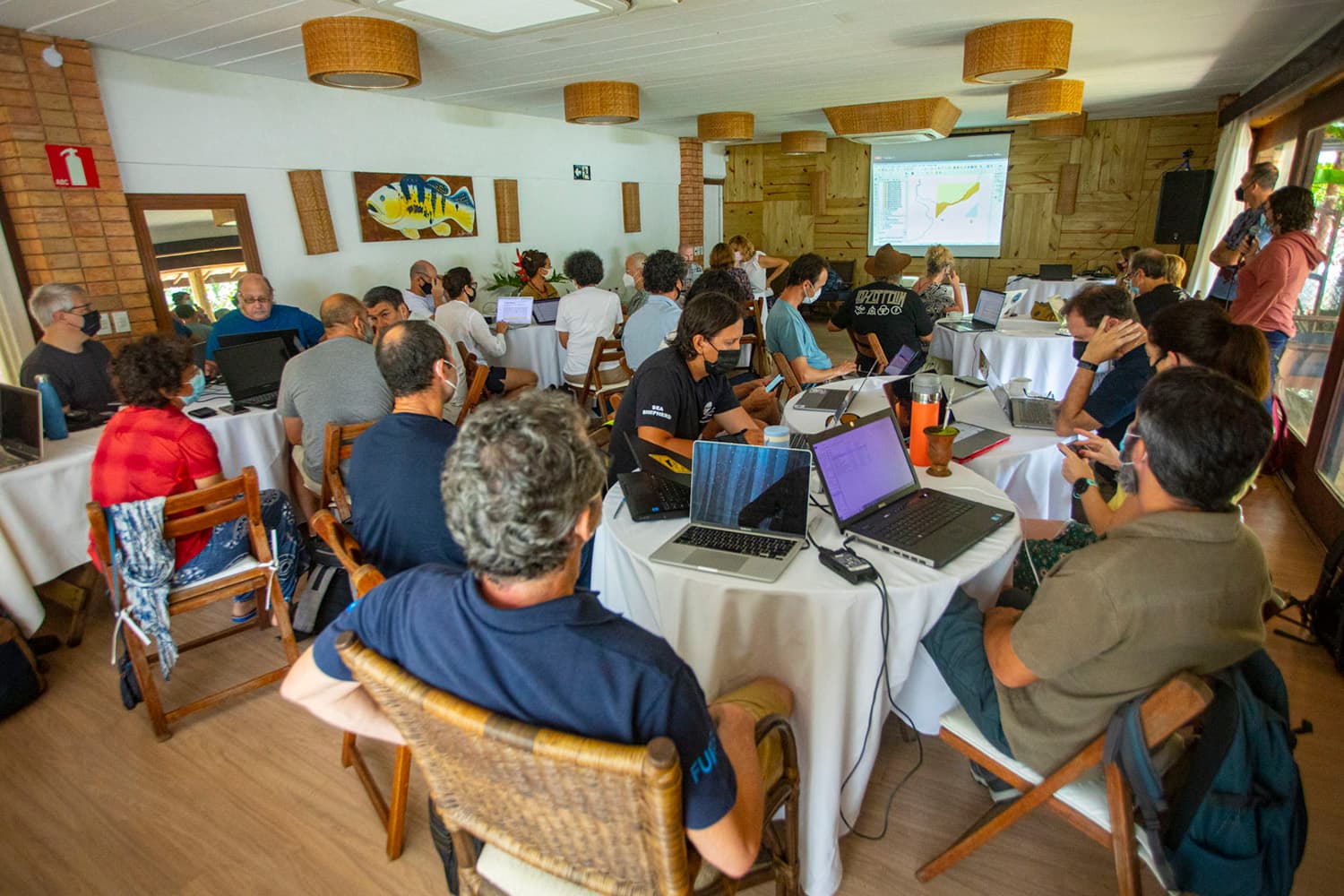
IMMAs are defined as discrete portions of habitat, important to marine mammal species, that have the potential to be delineated and managed for conservation. They are not legal designations but independent, peer-reviewed assessments based on a set of criteria supported by data.
“We welcome this global recognition of our iconic marine treasures off the east coast of South America,” said José Truda Palazzo, Jr. from the Instituto Baleia Jubarte (Humpback Whale Institute) which hosted the December workshop in Praia do Forte, Brazil.
The region’s notable habitats for marine mammals include Abrolhos Bank and Fernando de Noronha islands off Brazil as well as the Straits of Magellan and Patagonian waters of Península Valdés in Argentina and the Paramaribo River in Suriname, among others.
“For the past few decades we have intensified our research into the region’s rare, endemic, threatened marine mammals,” added Miguel Iñíguez from Fundación Cethus and Whale and Dolphin Conservation, based in Argentina.
Franciscana dolphin (Pontoporia blainvillei)
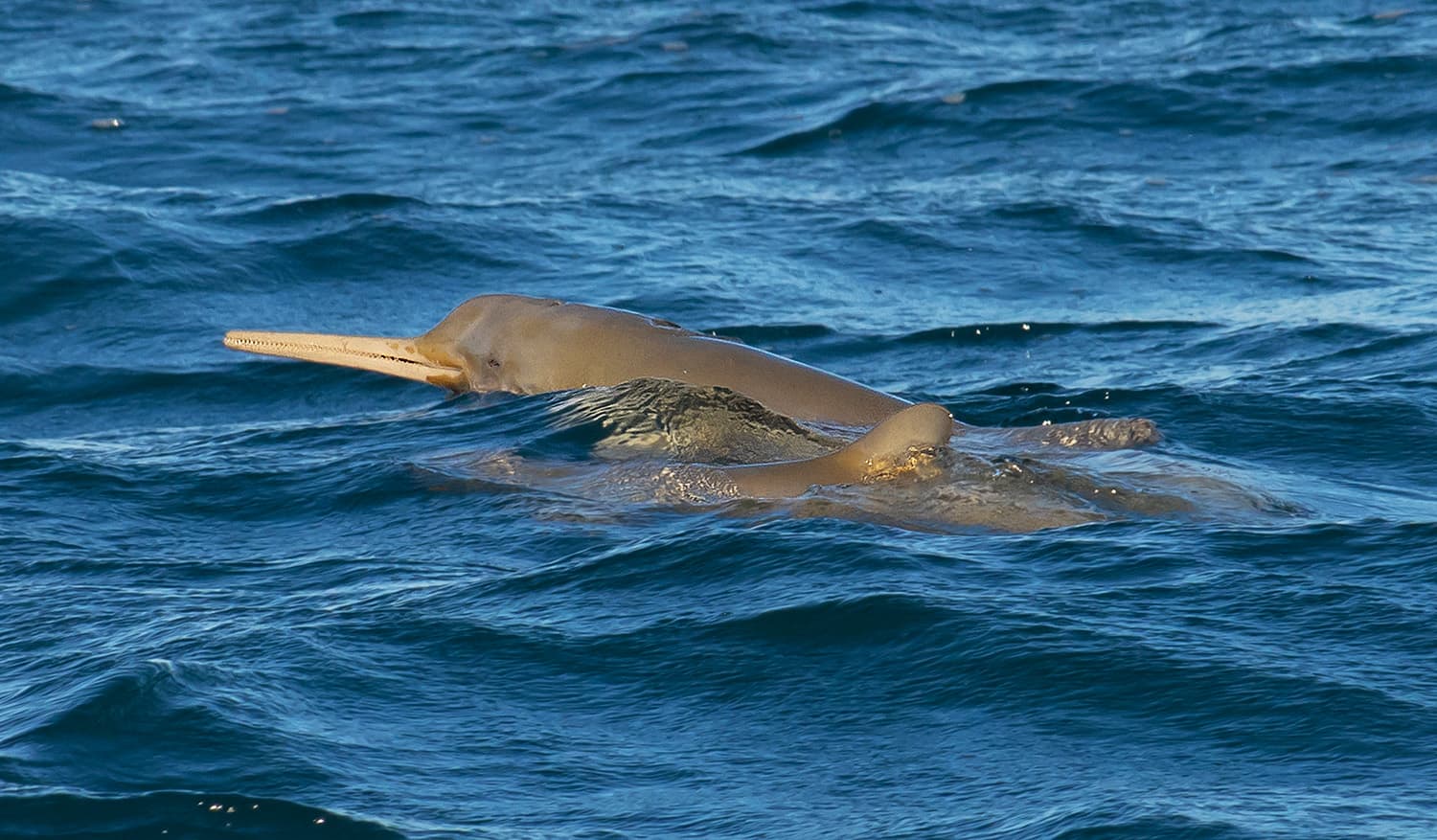
The South West Atlantic Ocean (SWATLO) region features southern right whales (Eubalaena australis), humpback whales (Megaptera novaeangliae) and sei whales (Balaenoptera borealis), some of which travel from Antarctica to this region. Besides the prevalent spinner (Stenella longirostris) and common bottlenose dolphins (Tursiops truncatus), there are species endemic to the region including the Commerson’s dolphin (Cephalorhynchus commersonii ssp. commersonii), the vulnerable franciscana (Pontoporia blainvillei), the vulnerable Lahille’s bottlenose dolphin (Tursiops truncatus ssp. gephyreus) and the near threatened Guiana dolphin (Sotalia guianensis). The vulnerable West Indian manatee (Trichechus manatus) is found along the coasts of the Guianas and northeastern Brazil.
Commerson’s dolphins (Cephalorhynchus commersonii ssp. commersonii)
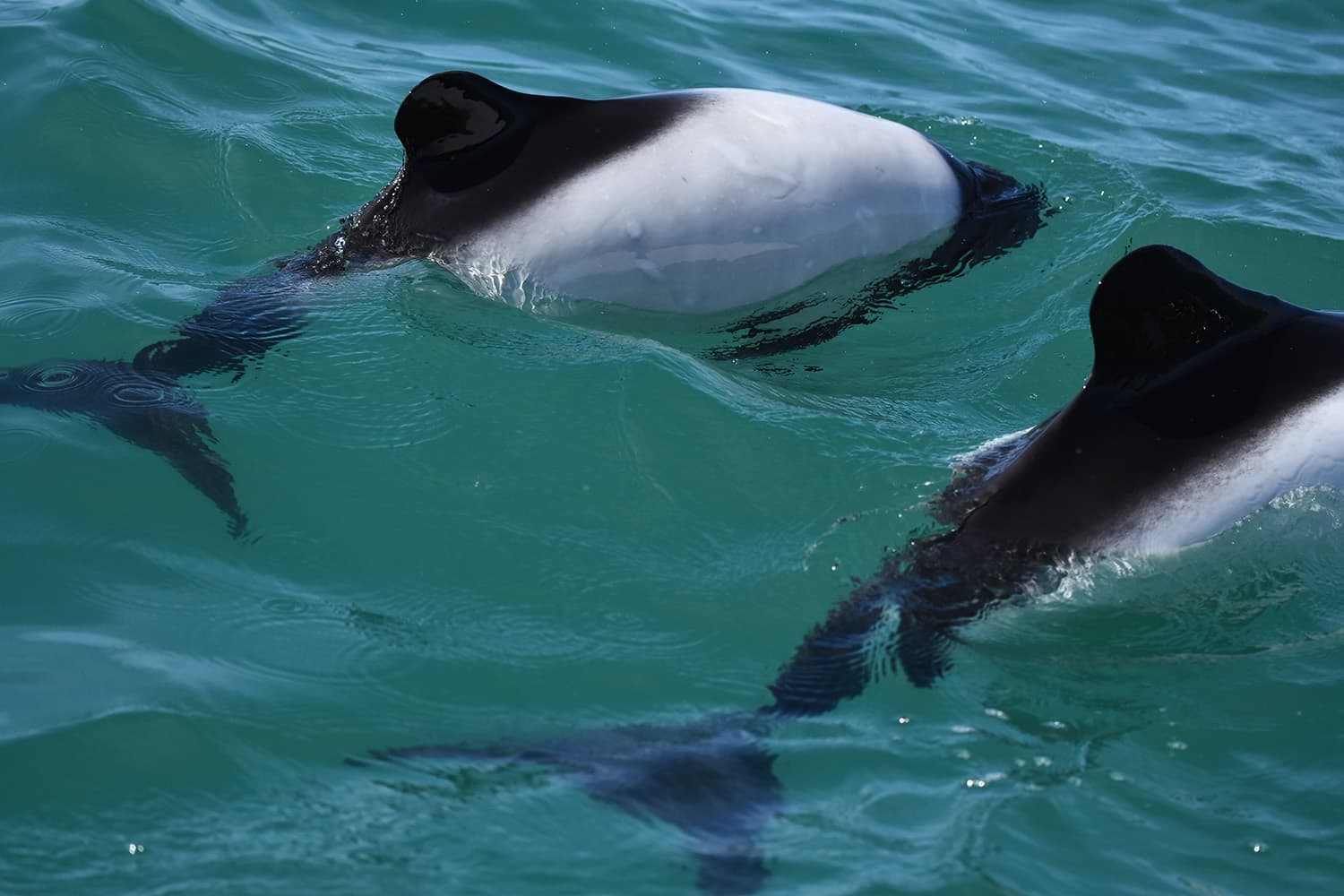
Guiana dolphins (Sotalia guianensis)
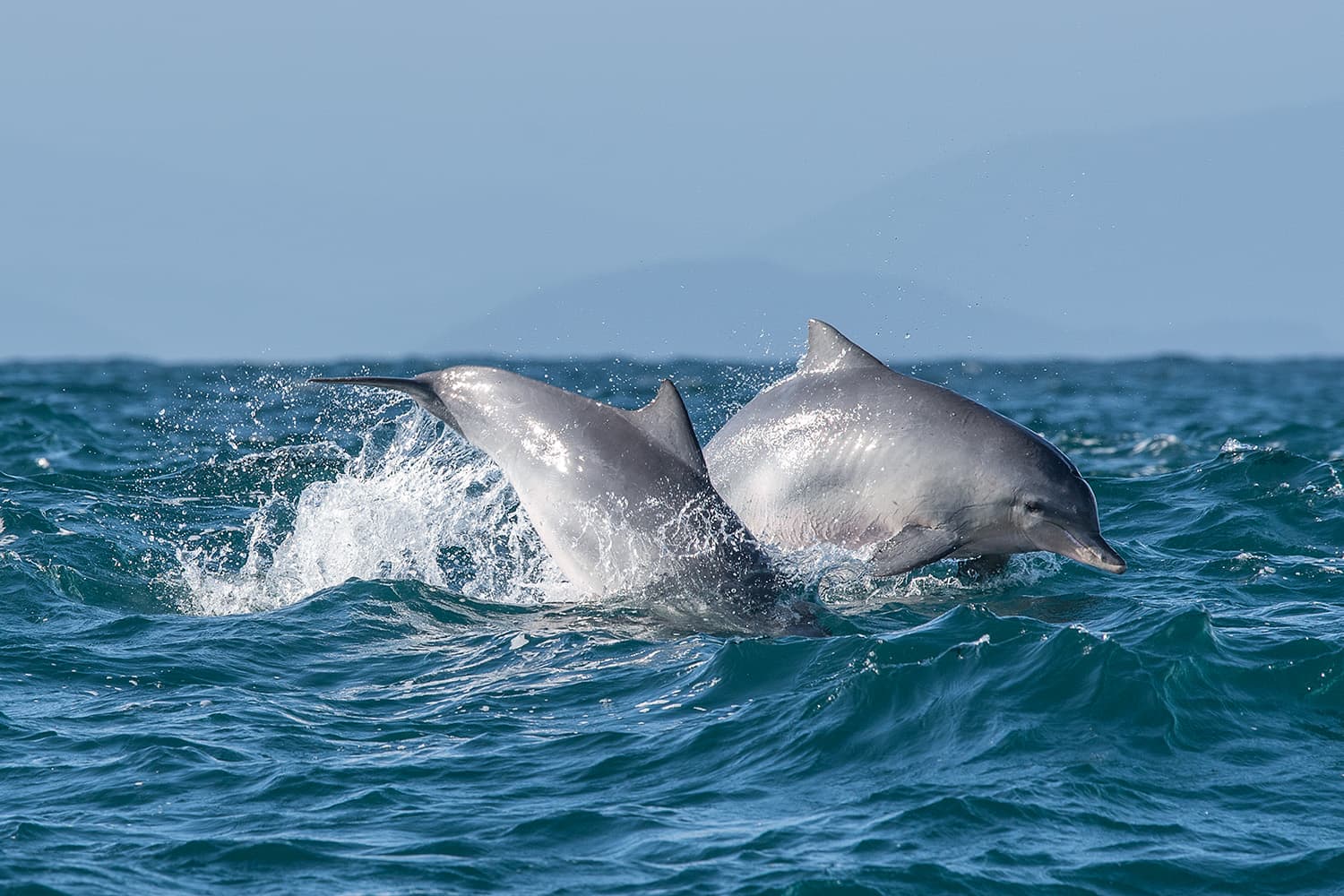
The week-long IMMA workshop, held in Praia do Forte, Brazil, in December 2022, was organized and run by the IMMA Secretariat of the IUCN Task Force on Marine Mammal Protected Areas, and hosted by Instituto Baleia Jubarte. Workshop participants started by considering 112 preliminary areas of interest (pAoI). The pAoI selected to advance to candidate IMMAs were defended with text supporting various criteria based on scientific evidence and detailed mapping along with a strong rationale for the boundaries chosen. The review and mapping of these areas is now complete.
The results from the Brazilian workshop mean there are now 242 IMMAs globally, each with portfolios, maps and other background information on the IMMA e-Atlas.
According to Task Force co-chairs Giuseppe Notarbartolo di Sciara and Erich Hoyt, the IMMA team along with 267 marine mammal scientists have now examined 72% of the surface area of the ocean, 13% of which consists of IMMAs. In the next 4-5 years, the team hopes to complete the decade-long global scientific assessment of the habitats of the 138 marine mammal species. In the meantime, the IMMA work continues to forge ahead in the North East Atlantic with final results due by early 2024 and the North West Atlantic and Caribbean, with a workshop planned for May 2024 and final results to be released no later than early 2025.
Peale’s dolphin (Lagenorhynchus australis)
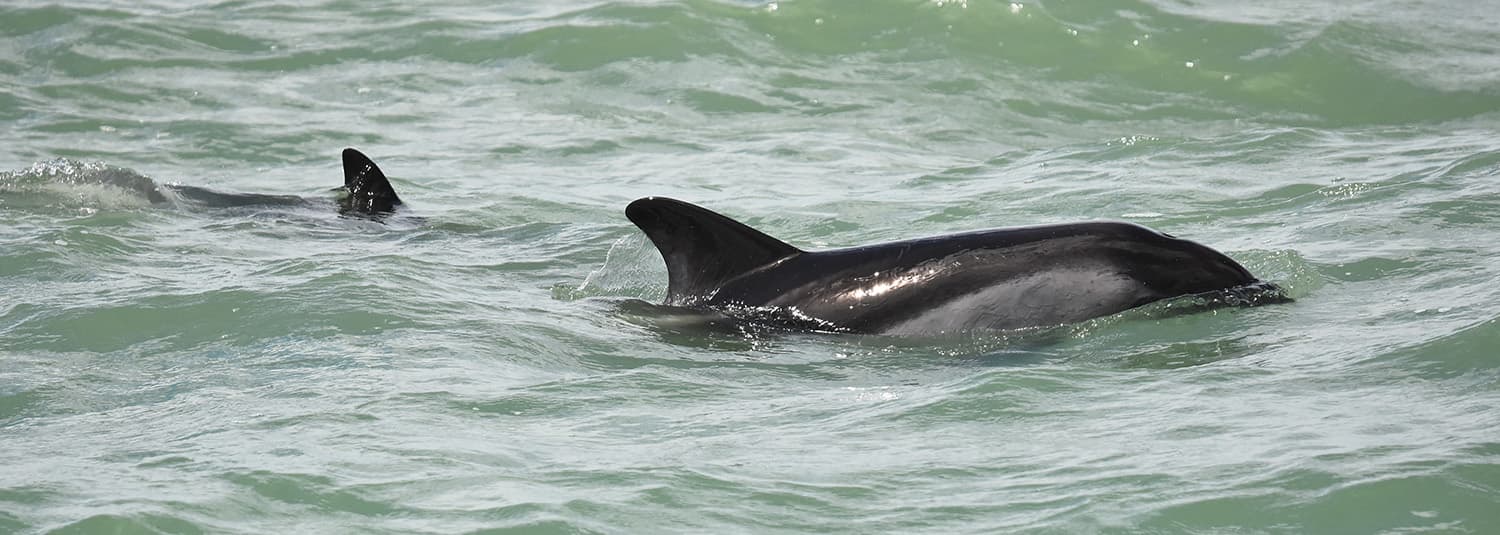
Humpback whale (Megaptera novaeangliae)
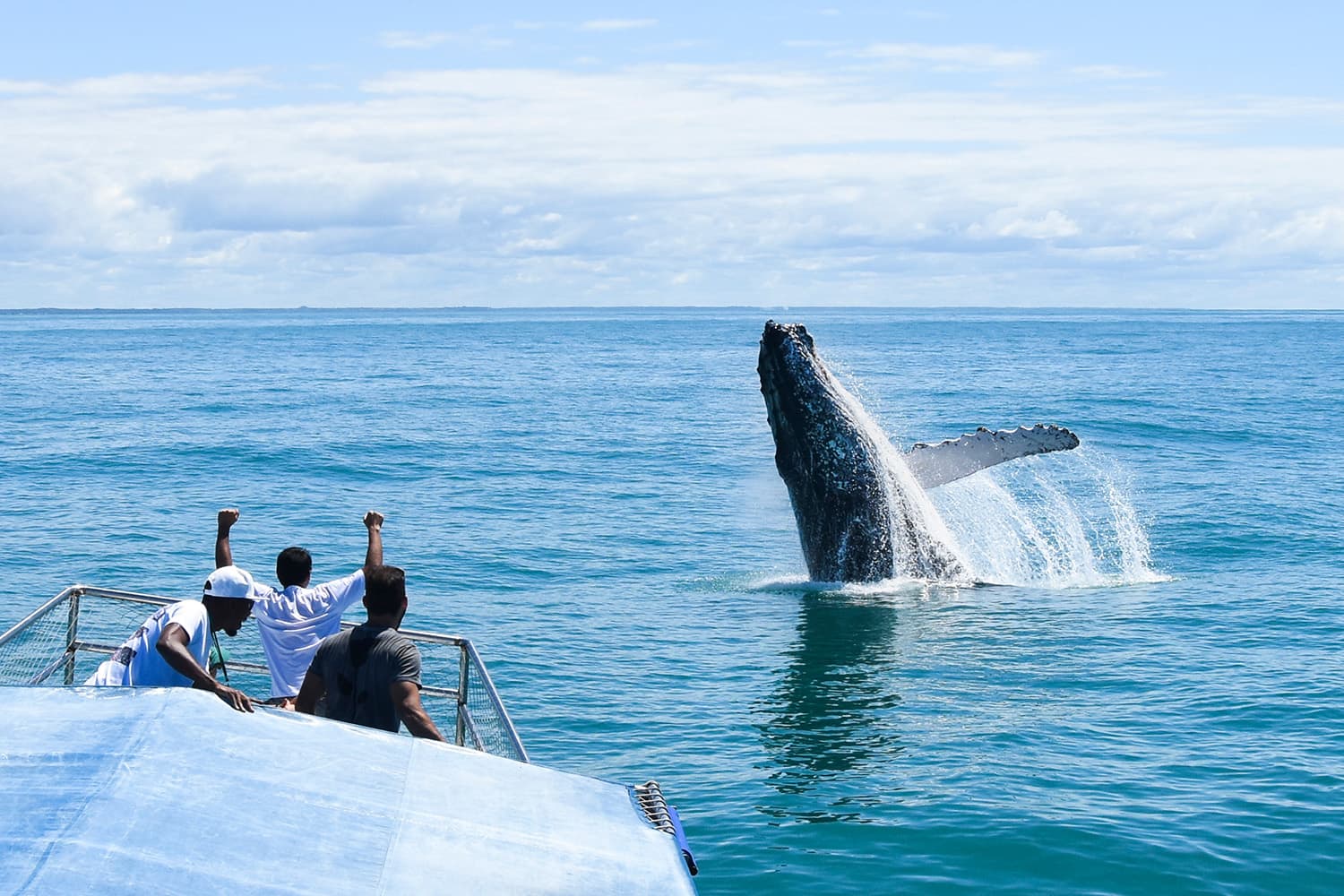
More information
- The South West Atlantic IMMA region comprises approximately one quarter of the Atlantic Ocean. The Task Force has now examined 72% of the global ocean for IMMAs. IMMAs amount to 13% of the examined area. The total surface area for all 242 IMMAs is 33.3 million square kilometers.
- The global total of IMMAs now stands at 242, as well as 30 candidate IMMAs and 157 areas of interest (AoI). The e-Atlas showing maps of all the IMMAs and Aoi identified to date is here: https://www.marinemammalhabitat.org/imma-eatlas/
- Area of Interest or AoI status is not as strong as IMMA status but it is valuable in terms of facilitating and focusing future monitoring and research activities on marine mammals in the region which may in future help turn it into an IMMA.
- The IMMA initiative is a partnership between the IUCN Joint SSC-WCPA Marine Mammal Protected Areas Task Force, Tethys Research Institute and Whale and Dolphin Conservation (WDC). A recent paper in Frontiers in Marine Science details the Task Force IMMA work (2016-2022): https://www.marinemammalhabitat.org/download/the-important-marine-mammal-area-network-a-tool-for-systematic-spatial-planning-in-response-to-the-marine-mammal-habitat-conservation-crisis/
- The work of the Task Force for its IMMA initiative has been financed mainly by the International Climate Initiative (IKI) of the German Federal Ministry for the Environment, Nature Conservation, Building and Nuclear Safety (BMUB) as part of the Global Ocean Biodiversity Initiative (GOBI). Individual regions have been funded by the French Biodiversity Agency through the IUCN Marine and Polar Programme and by the Mava Foundation. Funding in the preparatory stages came from the Animal Welfare Institute and Pacific Life Foundation. Additional funding for the South West Atlantic IMMA region came from OceanCare both in preparation for the IMMA work as well as for the workshop itself. The Brazilian Instituto Baleia Jubarte (Humpback Whale Institute) hosted the workshop and provided additional financial support for local expenses and airport transfers as well as providing their venue for the opening session.
- This news release and a final report on the South West Atlantic Ocean IMMA region are available for free download on the marinemammalhabitat.org website.
To download the South West Atlantic IMMA report, go to https://www.marinemammalhabitat.org/resources/documents/
To obtain shapefiles and detailed background information for the 242 approved IMMAs, go to https://www.marinemammalhabitat.org/immas/imma-spatial-layer-download/
For more information, story leads, contacts and free use of photos and maps, email Task Force co-chair: Erich Hoyt, erich.hoyt@imma-network.org

 Patrick Lyne, IWDG
Patrick Lyne, IWDG ©Julio Cardoso, Projeto Baleia a Vista Ilhabela
©Julio Cardoso, Projeto Baleia a Vista Ilhabela